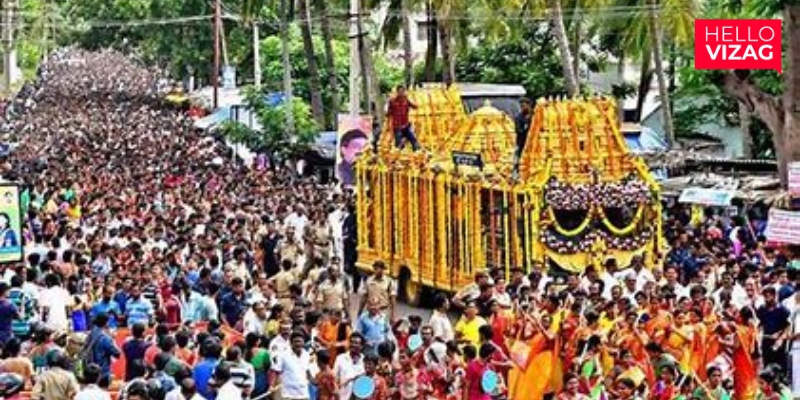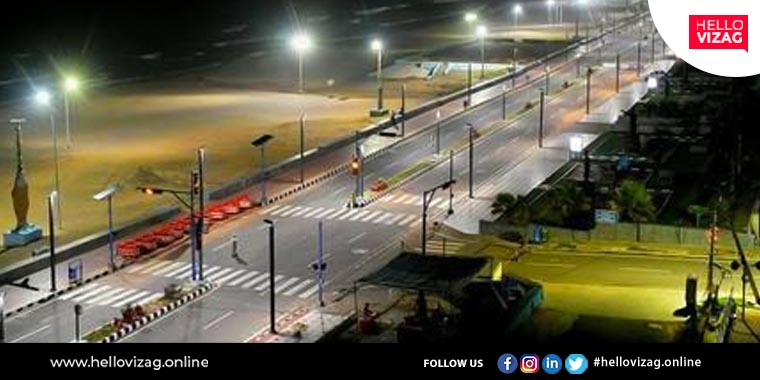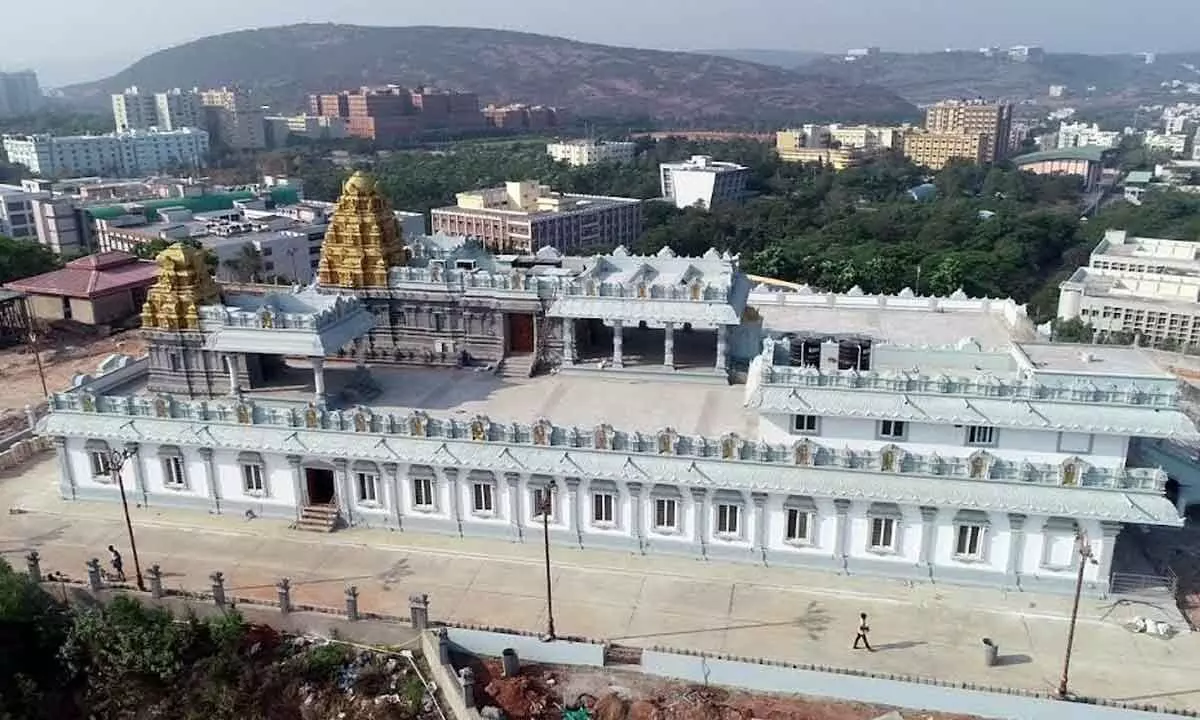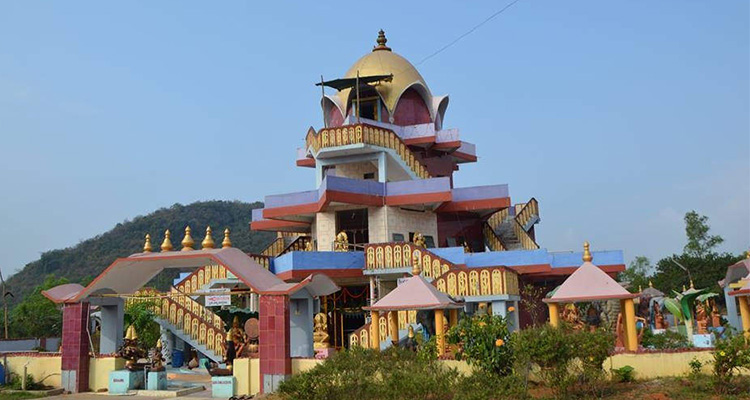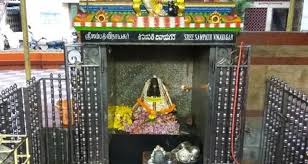Elaborate Arrangements Made for Giri Pradakshina: A Sacred Pilgrimage
Giri Pradakshina, also known as circumambulation of sacred hills, is a religious practice followed by thousands of devotees around the world. It involves walking around a sacred mountain or hill as a form of devotion and seeking blessings.
The journey requires meticulous planning and preparations to ensure the safety and comfort of the pilgrims. In this article, we will explore the elaborate arrangements made for Giri Pradakshina, highlighting the significance of this spiritual journey.
Route Planning and Marking:
The first crucial step in organizing Giri Pradakshina is the identification and mapping of the route. A team of experts examines the terrain, religious significance, and historical landmarks to design the most suitable path for the devotees. Once the route is finalized, it is marked with signposts, flags, or other indicators to guide the pilgrims along the way.
Security and Safety Measures:
The safety of the pilgrims is of utmost importance during Giri Pradakshina. Local authorities, along with religious institutions, work together to ensure the well-being of the participants. Police personnel are deployed along the route to maintain law and order, manage traffic, and handle any emergencies. Medical camps, ambulances, and first aid facilities are set up at regular intervals to provide immediate assistance to those in need.
Accommodation and Rest Areas:
Since Giri Pradakshina often involves a multi-day pilgrimage, arrangements for accommodation and rest areas are crucial. Temporary shelters or tents are set up at specific intervals along the route, providing a place for the pilgrims to rest, rejuvenate, and seek shelter from adverse weather conditions. Basic amenities such as clean water, toilets, and bathing facilities are made available to ensure the comfort of the devotees.
Food and Water Supply:
Proper nourishment is vital during the arduous journey of Giri Pradakshina. Devotees are provided with food and water facilities at regular intervals. Local communities, religious organizations, and volunteers set up temporary kitchens to prepare and distribute free meals. Adequate arrangements are made to maintain hygiene standards and cater to the dietary preferences and restrictions of the diverse group of pilgrims.
Communication and Information Centers:
To enhance the overall experience of the pilgrims, communication and information centers are established along the route. These centers provide updates on weather conditions, important religious rituals, historical significance of landmarks, and other relevant information. Volunteers or experts are present to answer queries, provide guidance, and ensure that the pilgrims have a seamless and enriching spiritual journey.
Waste Management and Environmental Conservation:
Giri Pradakshina attracts a large number of devotees, which can put a strain on the environment. To mitigate the impact, waste management systems are put in place. Adequate garbage bins are placed along the route, and waste collection teams ensure regular cleaning and proper disposal. Emphasis is also given to promoting environmental awareness among the pilgrims, encouraging them to keep the surroundings clean and preserve the sanctity of the sacred hills.
giri Pradakshina is a significant pilgrimage undertaken by devout individuals seeking spiritual enlightenment and blessings. The success of such a large-scale event lies in the elaborate arrangements made to cater to the needs of the pilgrims. From route planning and security measures to accommodation, food supply, and waste management, every aspect is meticulously organized to ensure a safe, comfortable, and sacred experience. These arrangements not only facilitate the pilgrimage but also preserve the religious and cultural heritage associated with Giri Pradakshina for generations to come.
For more follow us on

 Team Hello Vizag
Team Hello Vizag
